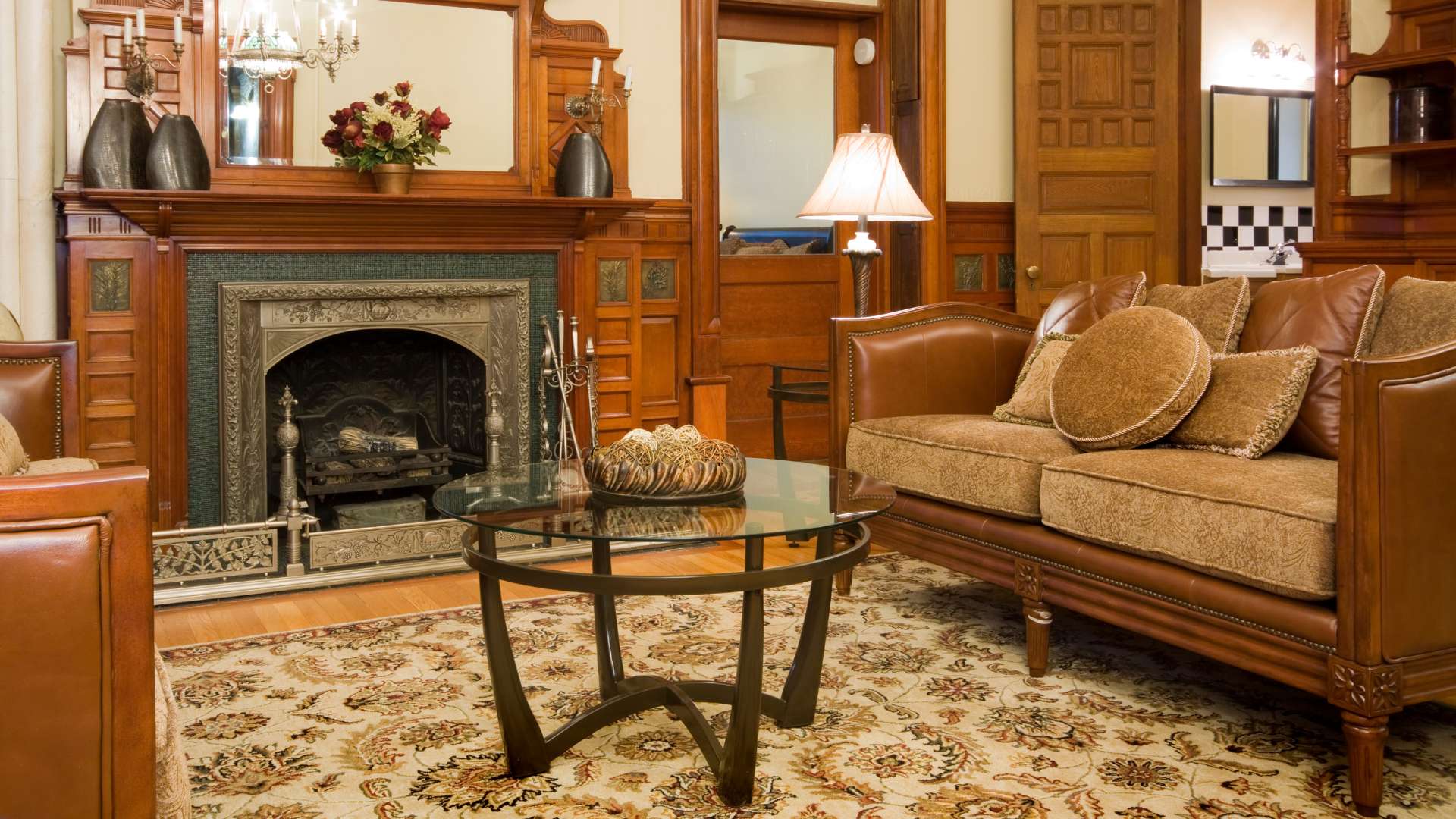Historic Home Renovation
Engaging with a historic home renovation involves an intricate process. Every bit of work done contributes towards restoring an invaluable piece of history, breathing life back into it, and ensuring its longevity. This section discusses the necessary features to consider and challenges you may encounter when renovating such a property.
Preserving the historical integrity of old homes ranks paramount in the process of renovation. It’s not just about beautifying an aesthetically pleasing structure; it’s about paying homage to the story and heritage encapsulated within its walls. Historic homes play a key role in a community’s cultural tapestry, serving as physical links to past eras.
Protecting the architectural integrity, maintaining original design features such as cornices, molding, and vintage tiles, offers an authentic historical narrative. Additionally, restoration serves an educational value, allowing future generations to understand their history and appreciate the architectural beauty of these storied structures. Failing to preserve this integrity, however, can result in the loss of an irreplaceable historical artefact.
Common Challenges in Renovating Old Homes
Renovating a historic home comes with its own set of challenges, primarily based on the age, structure, design, and the home’s historical significance. While these challenges can be daunting, being aware of them prepares homeowners for what lies ahead and helps in finding effective solutions.
Firstly, older construction methods and materials often pose unforeseen problems. For example, many old homes are built with lath and plaster walls, which are more fragile than modern drywall, complicating renovations.
Secondly, maintaining the balance between preserving the home’s historic charm and incorporating modern amenities is a delicate task. Over-modernization can strip away unique historical character, whereas resisting necessary modern updates can leave the home uncomfortable or unsafe.
Lastly, dealing with restrictive preservation laws can be difficult. Local regulations may impose restrictions on what changes can be made to historic homes, which usually requires obtaining permits and approvals for renovation work. This can be a lengthy and frustrating process, but understanding these challenges can help homeowners navigate their renovation more confidently. Remember, each challenge overcome in the process of revitalizing an old home contributes to preserving a piece of history for generations to come.
Planning Your Historic Home Renovation
Embarking on a historic home renovation can be a rewarding journey, albeit laden with unique considerations and challenges. In this journey, a well-planned roadmap becomes crucial. Here are a few important aspects to consider when planning your historic home renovation.
Research and Documentation
Understanding the architectural significance of the home forms the backbone of any historic renovation. Here, rigorous research and comprehensive documentation play a key role.
Identifying the architectural style, for instance, whether it’s Victorian, Colonial, or Art Deco, gives a framework for restoration. In addition, researching the history of the home might uncover interesting stories or invaluable data about previous alterations and additions.
Exploring the house, one might find hidden gems like original woodwork or antique hardware. These elements instill character, adding authenticity to the renovation.
Documentation is equally vital. Photographing existing conditions and detailing the characteristics to be preserved ensures consistency throughout the project. This historical record provides a reliable reference during restoration, helping to retain the home’s original charm while they integrate modern features.
Securing the Right Permissions
Preserving the architectural heritage entails adhering to specific rules and regulations. For nearly every historic property, owners may find themselves navigating a maze of permits, approvals, or requirements.
In certain cases, homeowners might need to work with Historical Preservation or Architectural Review Boards. Complying with their regulations not only preserves the architectural fabric but also helps avoid legal complications down the line.
It’s also beneficial to consult with a professional who is well-versed in historic renovations. Their expertise in local building codes and experience navigating red tape can streamline the approval process and save time and effort.
Remember, securing the right permissions isn’t just a bureaucratic necessity. It’s an integral step in maintaining the architectural significance of a historic home while ensuring the revitalization aligns with modern-day standards of living.
